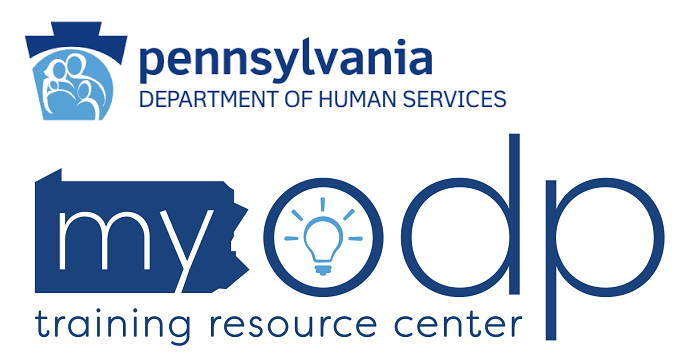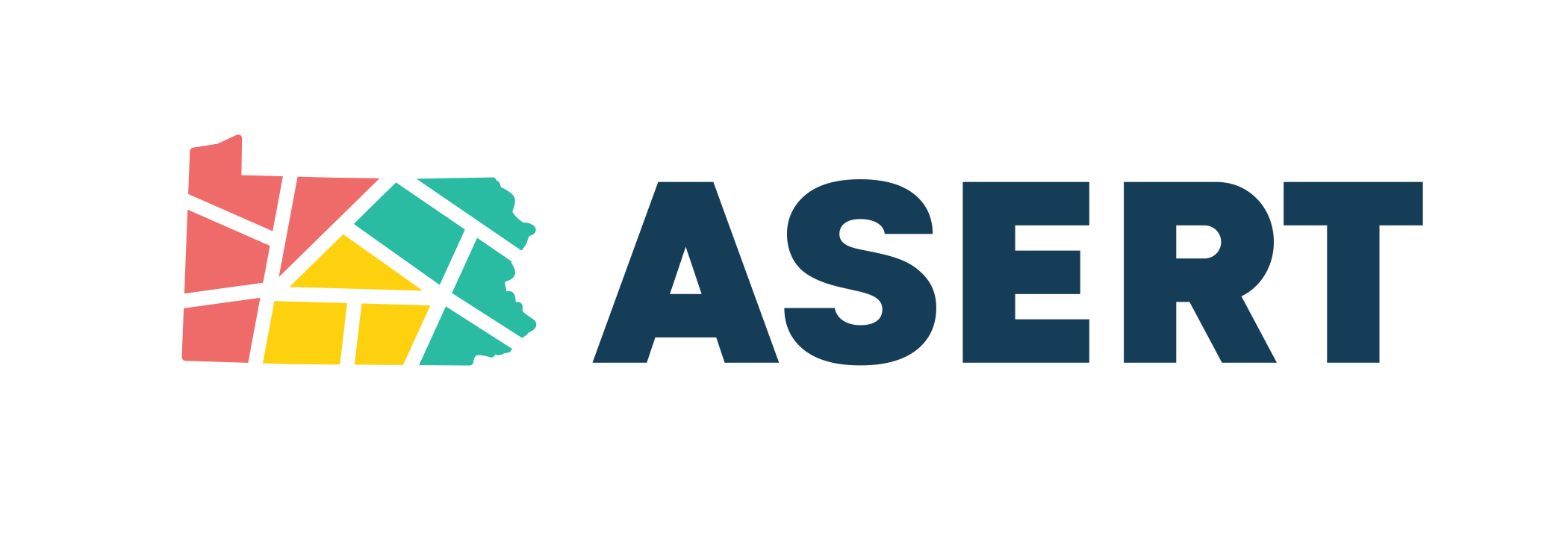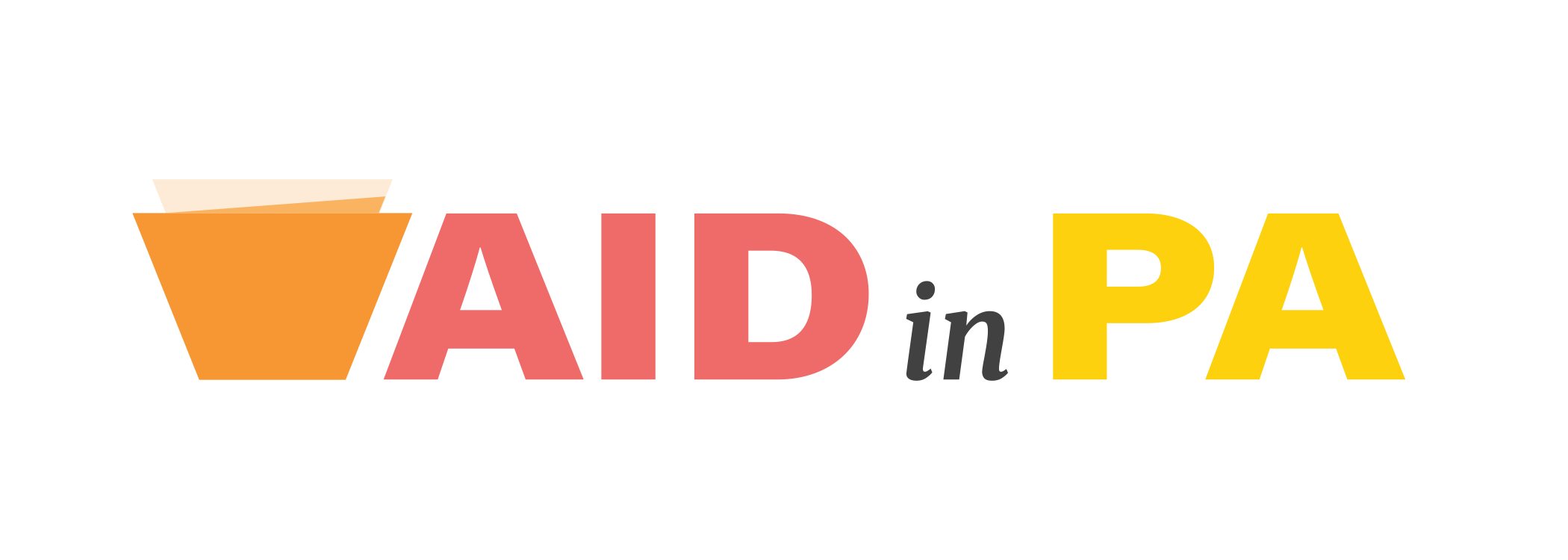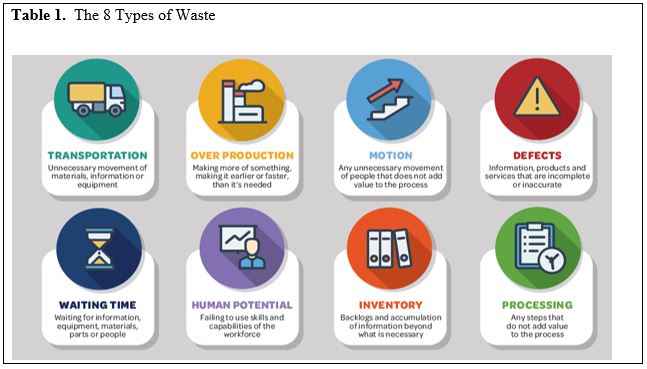Positive Approaches Journal, Volume 8, Issue 4
Priego | 20-28

Volume 8 ► Issue 4 ► 2020
The Maximization of Organizational Resources Through Continuous Improvement
Sam Priego
Abstract
The role that leaders play in maximizing the resources of their organization is described in this article. Lean, a continuous improvement mindset, scientific thinking, and organizational culture is emphasized as requirements to significantly improve the effectiveness of an organization.
When the topic of maximizing resources comes up in any type of organization it almost invariably includes conversations about belt tightening, doing more with less, or implementing cost-cutting measures. While these are important conversations to be had, the topic generally does not resonate with people; it is not appealing or exciting. There is more excitement and engagement on the job when people are empowered to change things for the better and when they understand the purpose and relevance of their work and how it makes a meaningful difference in a person’s life. It is the role of leadership in an organization to create a palpable culture of continuous improvement, where staff are empowered and have the autonomy to improve processes and solve problems without having to go through layers of rigid organizational bureaucracy. Otherwise, the notion that employees are our most valuable resource becomes an empty platitude.
Leaders can empower others through Lean, a scientific thinking mindset that allows staff to maximize their talents, problem-solving skills, and creativity, which ultimately maximizes resources in an organization. Lean is a philosophy built on respect for people, meaning that the people who do the work know best how to improve the work. It also does not place blame on individuals when there are less than desired outcomes or results, but rather it scrutinizes the process that led to those results. Lean focuses heavily on continuous improvement through the relentless pursuit of waste elimination. Waste can be found in all work processes. It can include unnecessary wait times for the customer, mistakes or defects in a service, burdensome steps in a process, or activities that are non-value-added from the customer perspective1, see table 1.
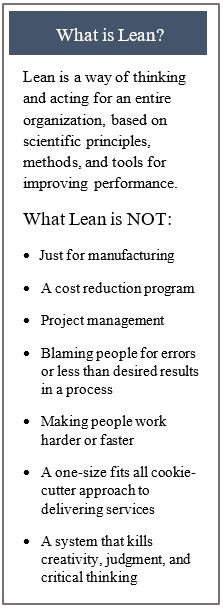
In a 2011 study, researchers Seibert and Wang found that when employees feel empowered at work, their work performance is better, they have greater job satisfaction, and stronger commitment to the organization3. Leaders who empower have a positive effect on performance, organizational citizenship behavior, and creativity at both the individual and team levels4. For an organization to maximize its most valuable resource, its people, it must empower them beyond the conventional measures. This means developing people’s scientific thinking skills to solve problems encountered in their daily work. It is no longer only a manager’s or leader’s exclusive role to solve problems. People at all levels in the organization should be able to do this.Scientific thinking is defined as the intentional coordination of theory and evidence, whereby we encounter new information, interpret it and, if warranted, revise our understanding accordingly5. It is not the same as the scientific method, which is not always used in daily life. In his book, Toyota Kata, Mike Rother, a leading expert on scientific thinking mindset, states, “It is not about learning problem solving. It’s about learning a mindset that makes you better at problem solving.” Scientific thinking is not difficult, it’s just not our default, normal way of thinking. The “normal” way of thinking about problems is to jump to conclusions and immediately seek to solve problems because the brain does not like uncertainty. Per Rother, the unconscious part of our brain takes bits of surface information, quickly extrapolates to fill in blanks, and gives us a false sense of confidence in our conclusion.
Developing new habits and allowing people to think differently about problems and goals is an ingredient to make teams and organizations more effective and successful. Just like athletes and musicians practice daily or often to develop a skill, developing a scientific thinking mindset also takes deliberate daily practice6. Below, table 2 shows the four practical problem-solving steps based on scientific thinking principles.
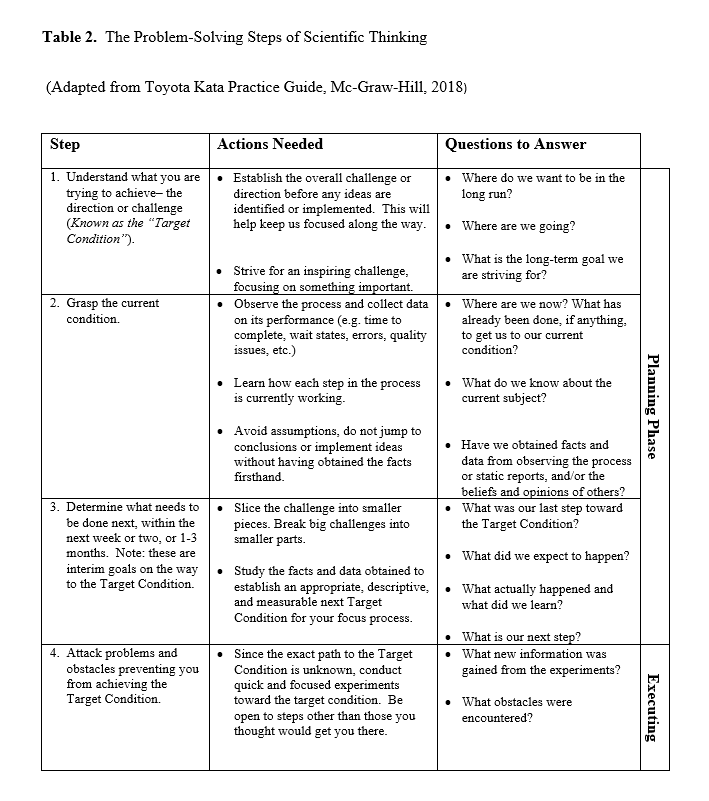
The application of scientific thinking in the workplace improves work processes and enables workers to identify and eliminate waste. Benefits can include costs savings, improved quality,
less waiting time, improved safety, and improved morale. For example, a small workgroup began examining the process of mailing paper notices to county assistance offices. The mailing of these notices cost between $500 to $700 in postage fees each week. The workgroup used scientific thinking to create and implement a better system. Over the course of weeks, the workgroup mapped the current process and identified waste in the process. They applied scientific thinking to create solutions that addressed the root cause of the problem, resulting in an electronic delivery of notices, and savings in excess of $36,000 a year, not including the staff time required to hand stuff the notices into envelopes and prepare them for bulk mailing.
To begin building a culture of continuous improvement will require leaders to model the behavior they want the organization to emulate7. Leaders shape people’s behavior even when they say nothing. People are watching what their leaders do (or don’t do), what they say, how they say it, how they react to different situations, and how they behave. Management consultant guru, Peter Drucker, is famously attributed for his quote, “Culture Eats Strategy for Breakfast.”8 Without the right culture in place, organizational goals, objectives, priorities, initiatives, and strategies will be constrained. The maximization of resources in any organization starts with its leadership empowering their staff by developing a scientific thinking mindset and creating a culture of continuous improvement to improve the effectiveness of their organization.
References
- Ohno T. Toyota production system: beyond large scale production. Boca Raton, FL: CRC Press; 1988. https://www.crcpress.com/Toyota-Production-System-Beyond-Large-Scale-Production/Ohno/p/book/9780915299140.
- Krafcik J. Triumph of a lean production system. Sloan Management Review. 1998; 30(1): 41-52.
- Seibert S E, Wang G, Courtright S H. Antecedents and consequences of psychological and team empowerment in organizations: a meta-analytic review. Journal of Applied Psychology. 2011; 96(5): 981-1003.
- Lee A,
Willis S, Tian AW. Empowering leadership: a meta-analytic examination of
incremental contribution, mediation, and moderation. Journal of
Organizational Behavior. 2018; 39: 306-325. https://doi.org/10.1002/job.2220.
- Rother M. Toyota Kata Practice
Guide. McGraw-Hill Education; 2017: 13-41.
- Rother M. Toyota Kata Practice Guide. McGraw-Hill Education; 2017: 46-48.
- Whitehurst J. Leaders can shape company culture through their behaviors. Harvard Business Review. Fall 2016.
- Deming E. Out of the Crisis.
Massachusetts Institute of Technology; 1982: 213-221.
Biography
Sam Priego is an experienced Lean practitioner with more than 15 years of experience spanning healthcare, city, county, and state government. Sam is an invaluable asset for organizations seeking expert guidance with process improvements, lean strategies, and leadership coaching in order to transform operations, reduce costs, and improve the client and staff experience. Sam earned a master’s degree in Public Administration from the California State University, Dominguez Hills. He currently lives in Chambersburg, PA with his wife and children.
Contact Info
625 Forster Street, Rm 602, Harrisburg, PA 17120
Phone: 717.772.4139
Email: spriego@pa.gov
[MM1]Do we want to include title, organization here?
